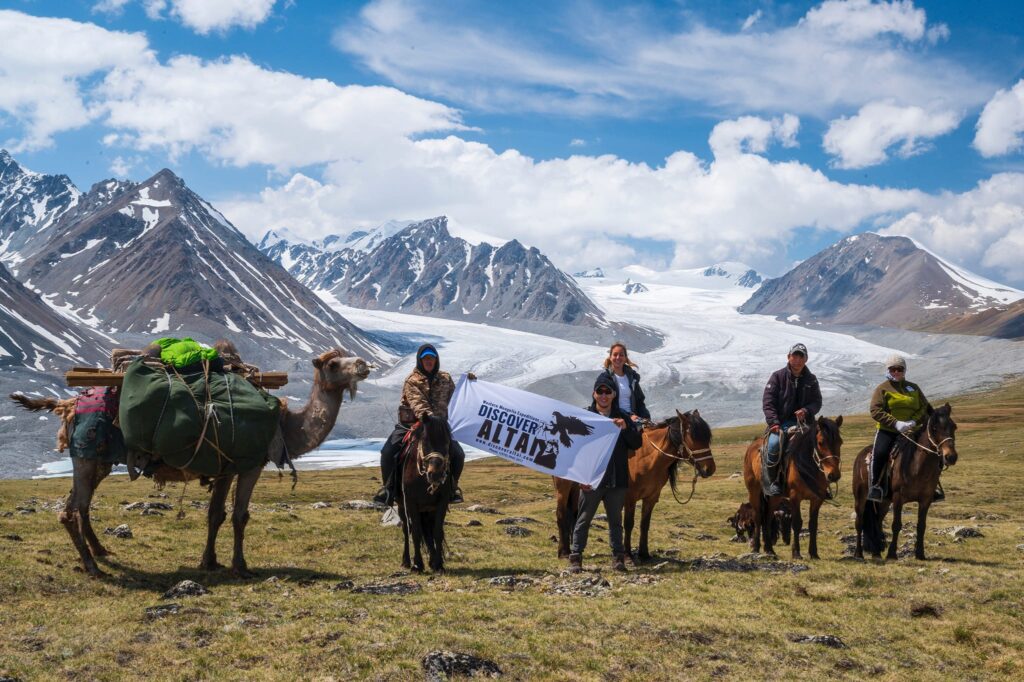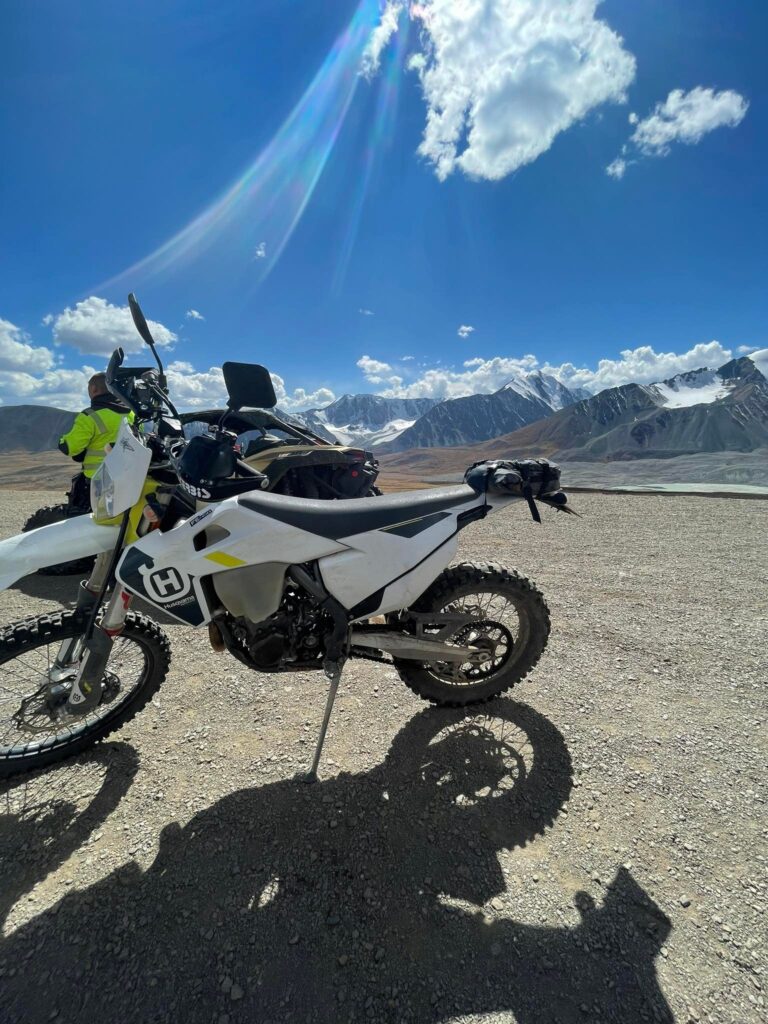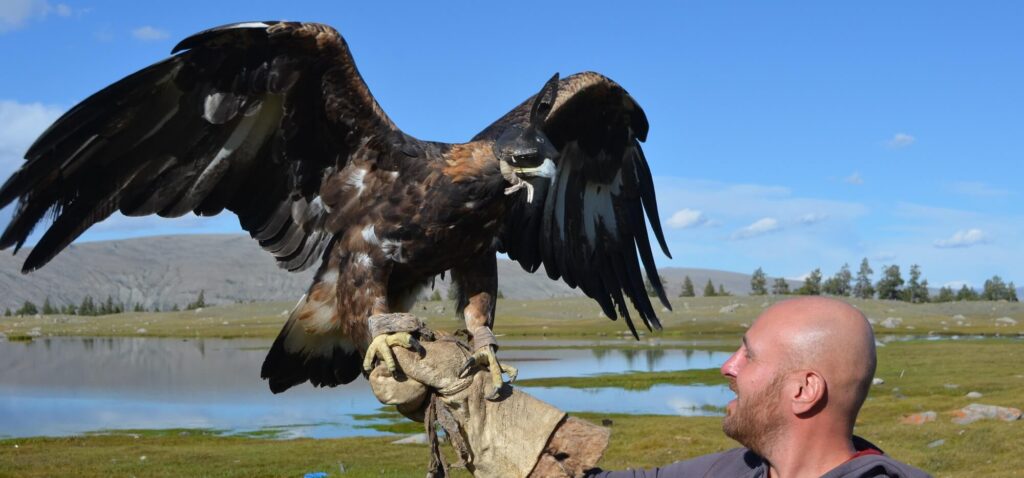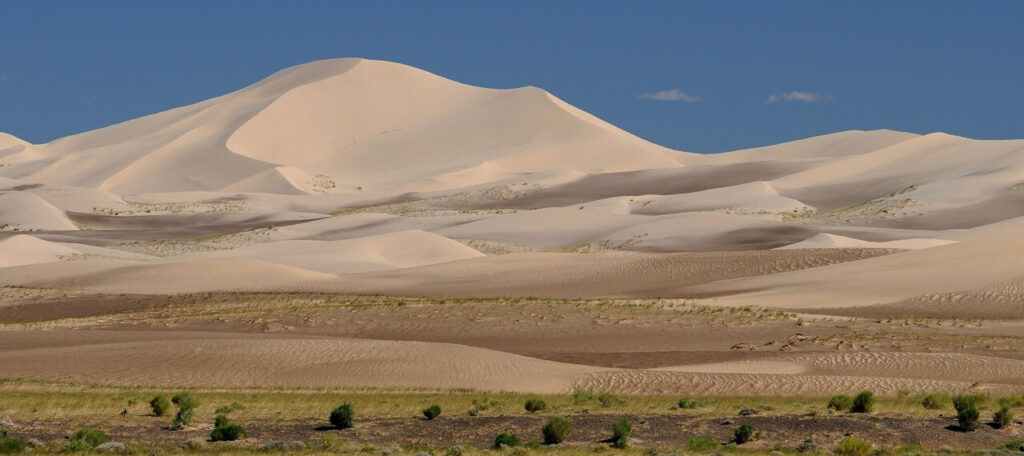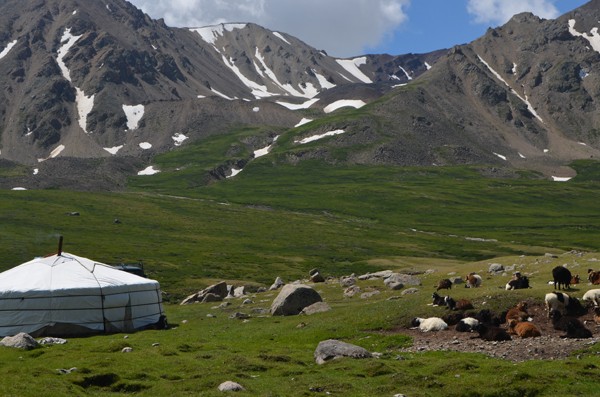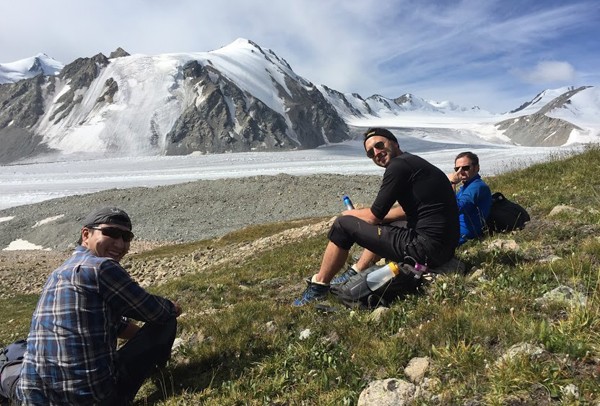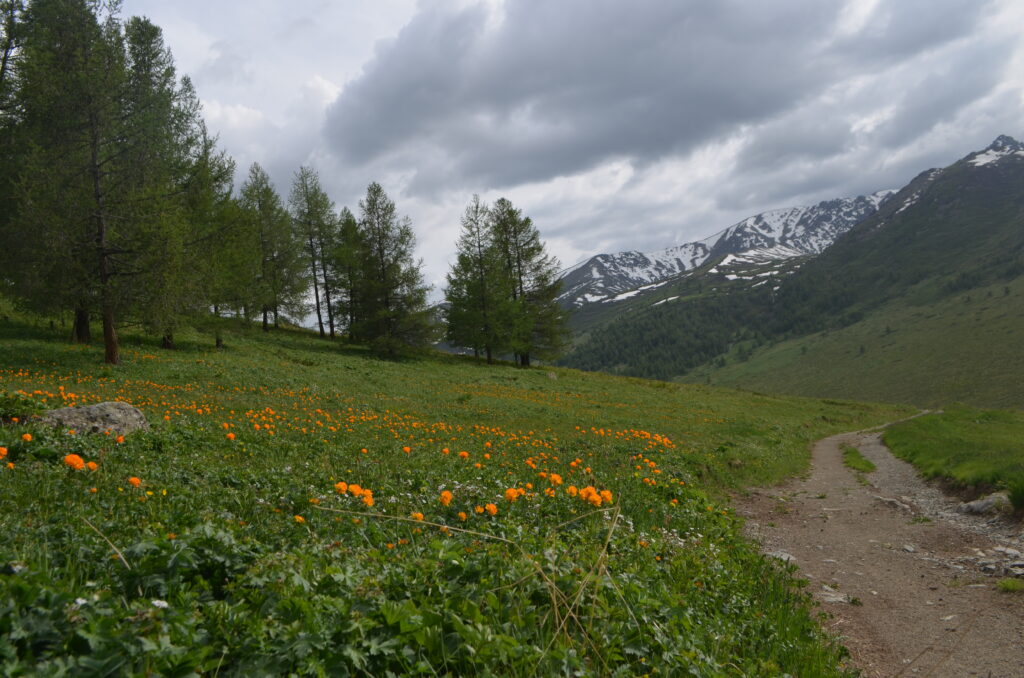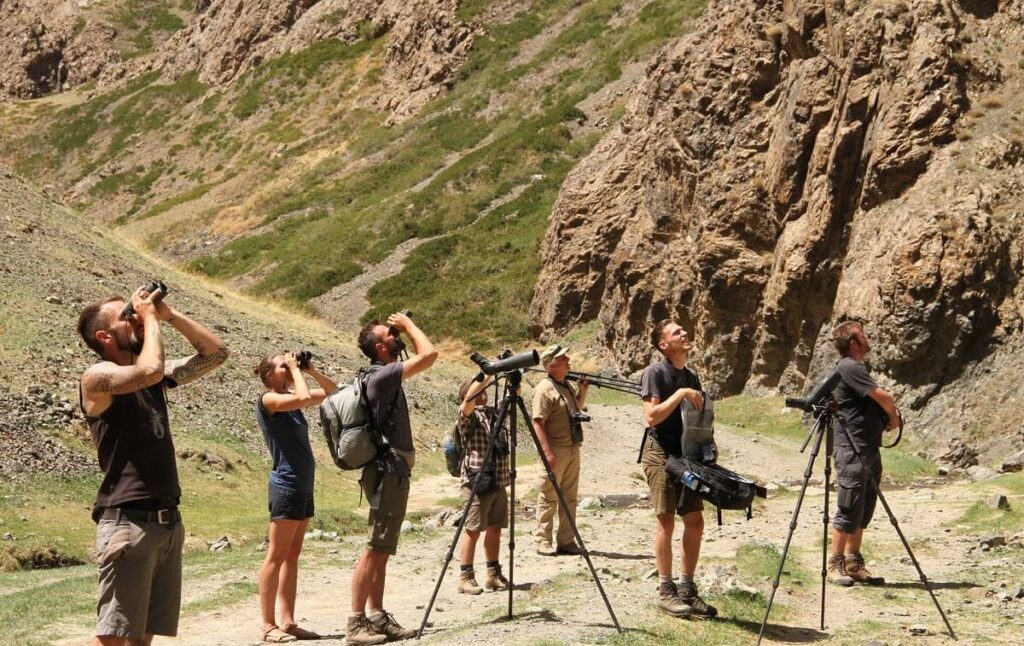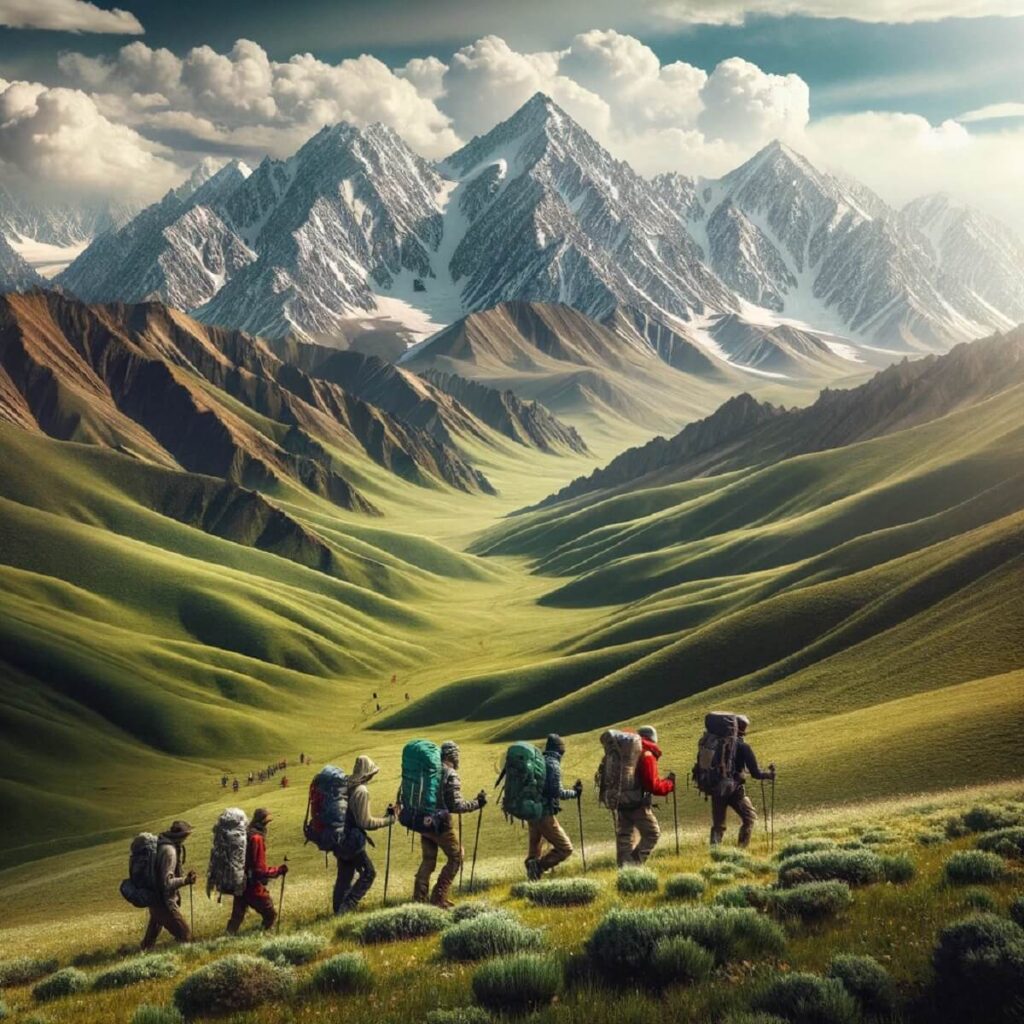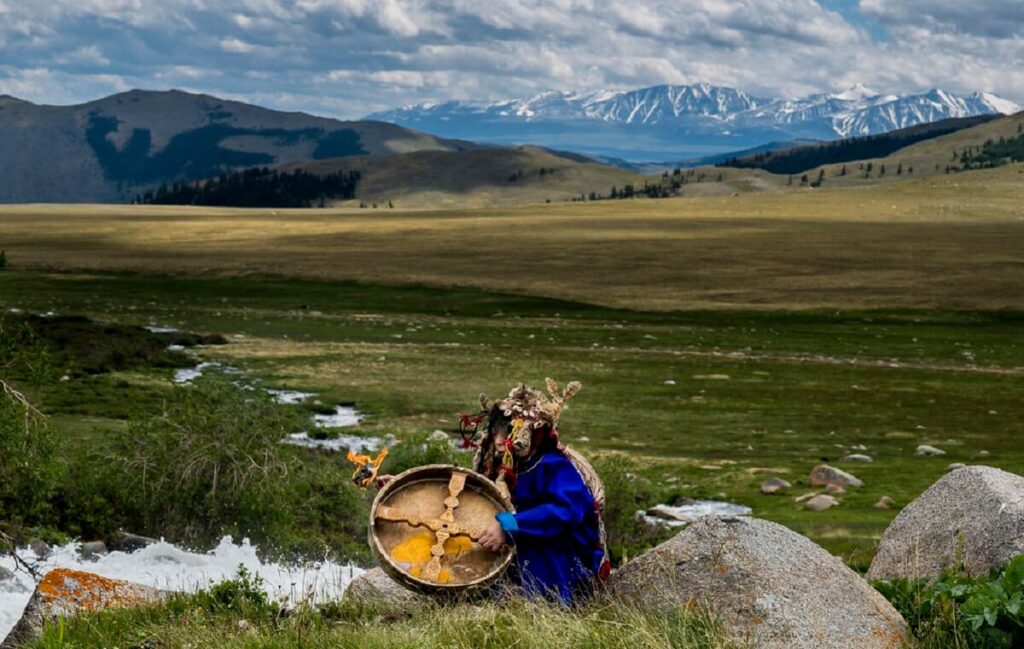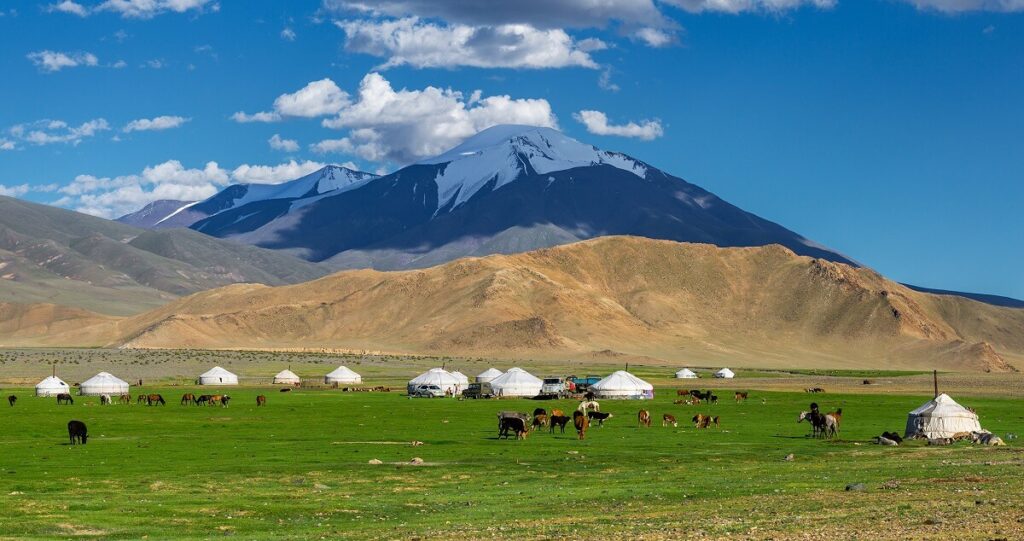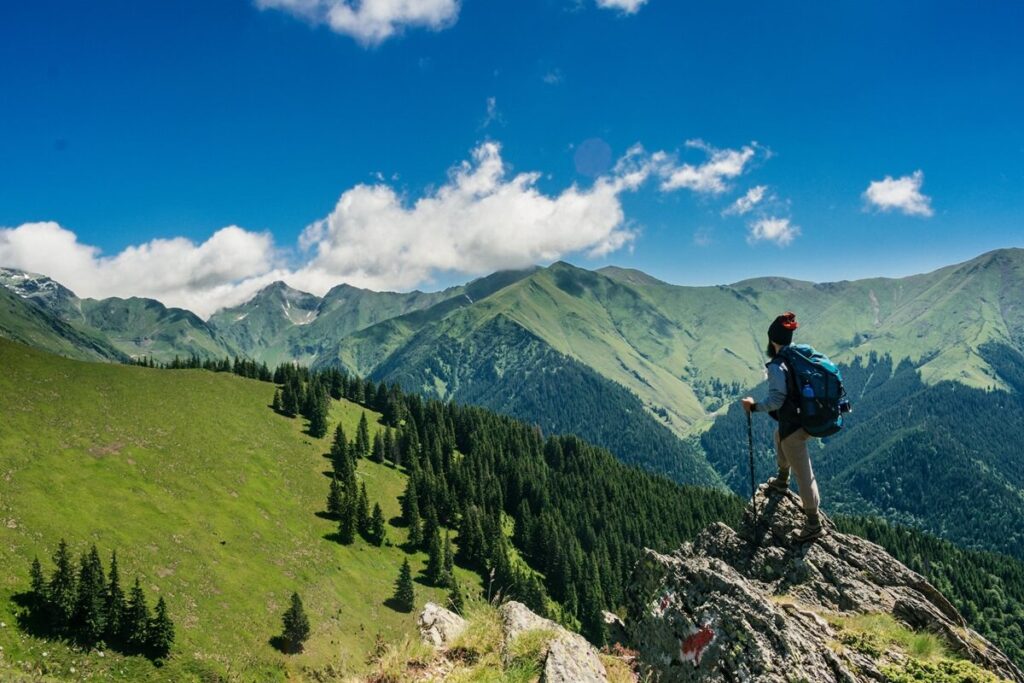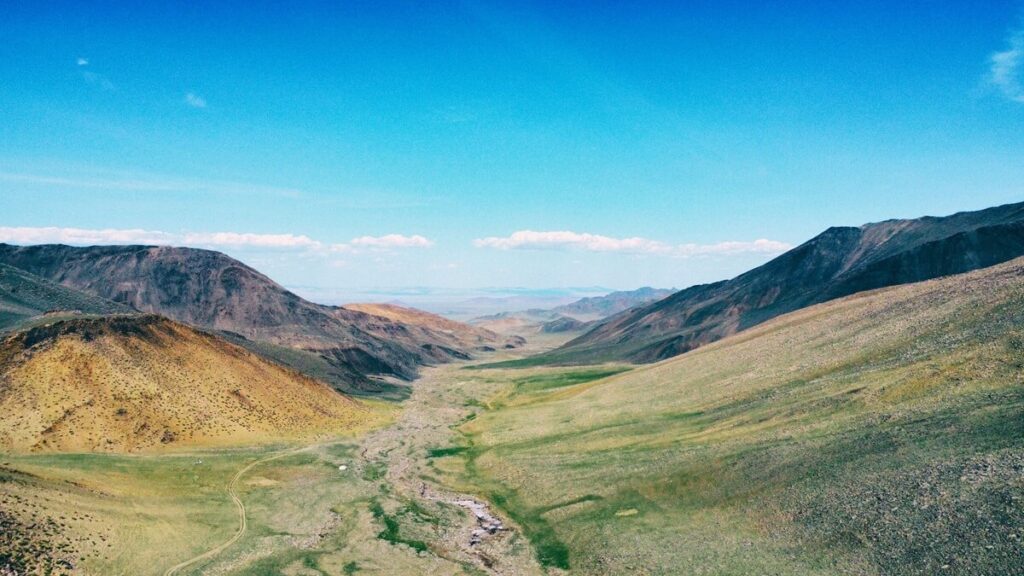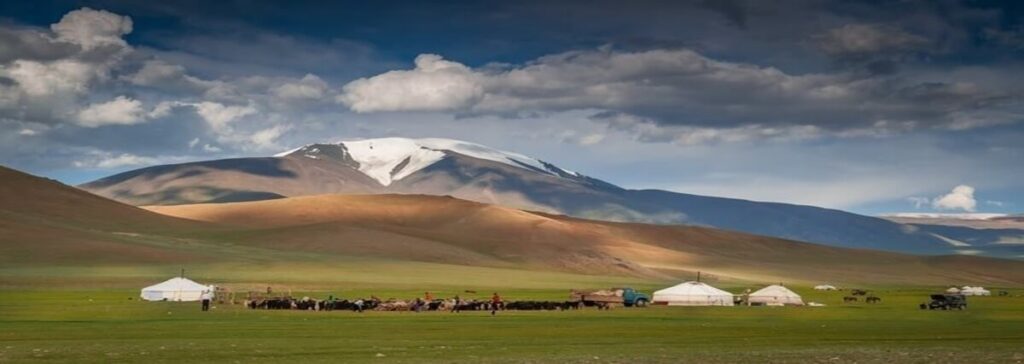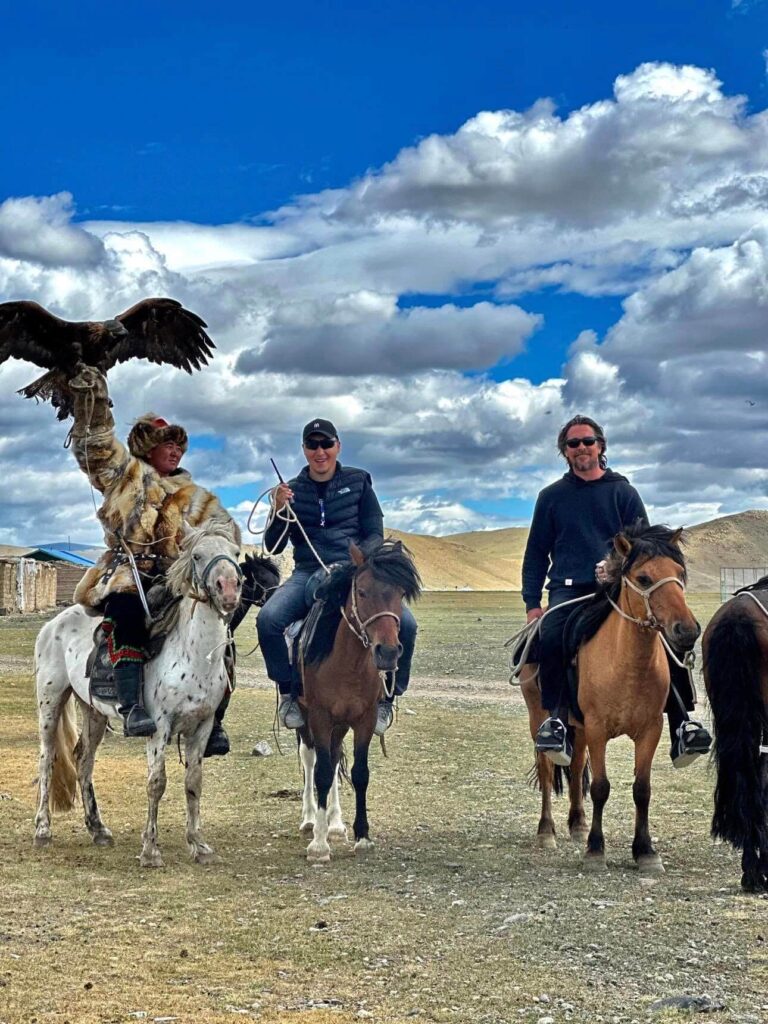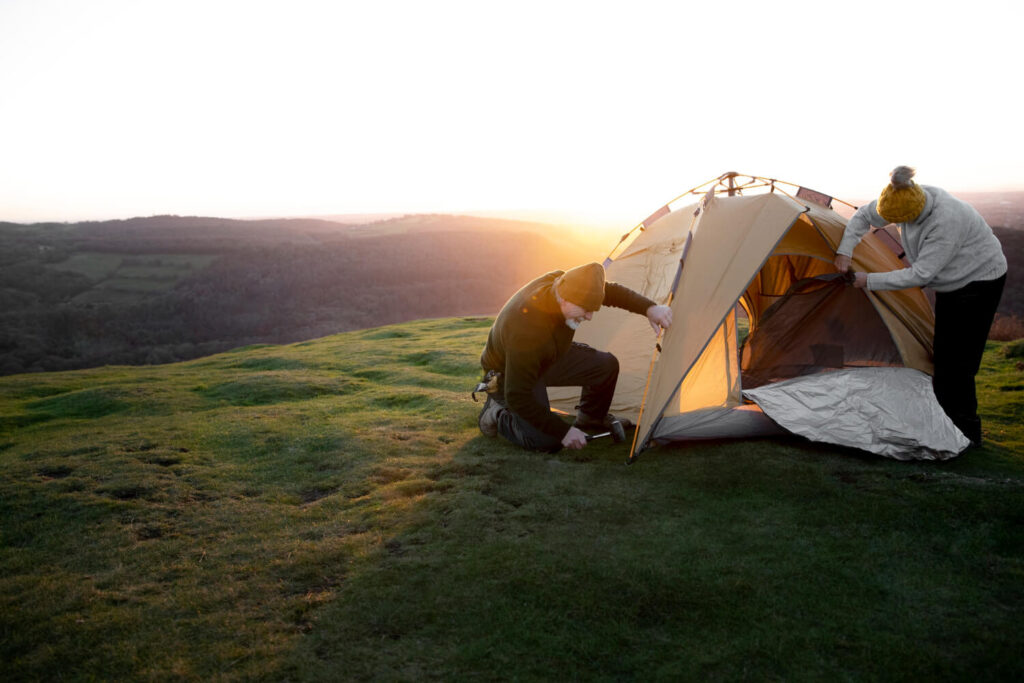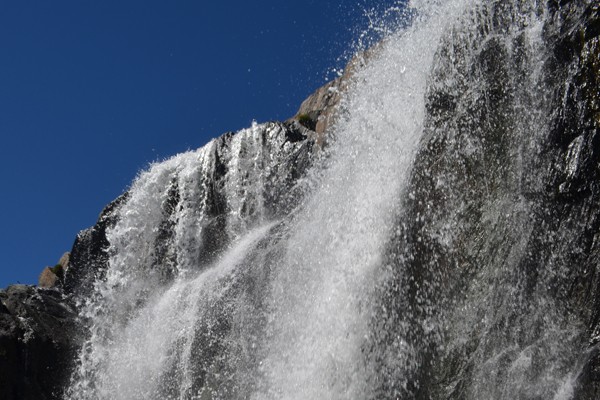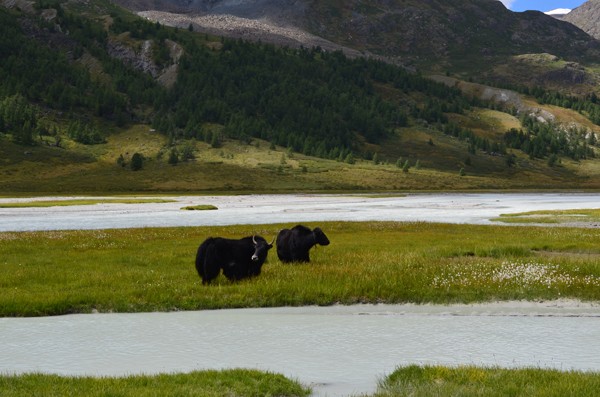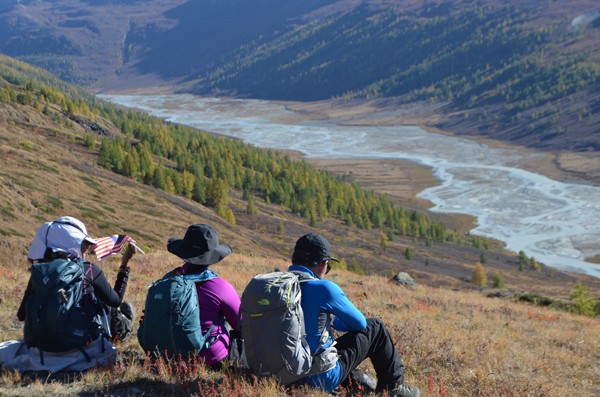Deer cave paintings of Mongolia are one of the few remaining examples of how our prehistoric ancestors told stories. These ancient drawings have withstood the test of time, surviving thousands of years through wars, technological advancement, and natural disasters.
Cave paintings offer a window into what life was like for early humans—from the animals they hunted to religious ceremonies and everyday activities. The Altai Tavan Bogd National Park‘s deer cave paintings in Mongolia are some of the most well-preserved and detailed examples of cave art in existence.
We offer you THE BEST OF ALTAI TAVAN BOGD. The Altai Tavan Bogd National Park is one of the most beautiful places in Mongolia, where you can not only enjoy the magnificent Altai Mountains, but also meet a nomadic eagle hunting family and experience their ancient traditions and culture. 🤩🤩
PETROGLYPHIC COMPLEXES OF THE MONGOLIAN ALTAI
The Mongolian Altai mountain cave complex was added to the UNESCO World Heritage List during the 35th session of the UNESCO World Heritage Committee, which took place in southwest France in 2011.
This cave art complex occupies a total area of 11,300 hectares and is located in 3 parts:
- Aral Tolgoi in Tsengel Sum of Bayan-Olgii Province
- Shiveet Khairkhan in Tsengel Sum of Bayan-Olgii Province
- Tsagaan Salaa/Baga-Oygor in Ulaanhus Sum of Province.
It is considered to be larger than other monuments of the same type in terms of area, quantity, scientific value, history, culture, artistic significance and expression of cave art monument.
TSAGAAN SALAA/BAGA-OYGOR
The rock art monument, spanning 20 kilometers and located 140 northwest of Bayan-Olgii Province’s center in the Ulaankhus Sum region, covers the valley of Baga Oygor River and its upper tributary Tsagaan Salaa River.
The total rock paintings were divided into 10 parts:
- Tsagaan Salaa 1-5,
- Baga Oygor 1-5 .
According to their findings, approximately 2,000 petroglyphs have been carved into the surfaces of boulders and rocks. On average, one stone may have up to 180 images and figures carved on it, with a total of 75,000-100,000 pictures and figures throughout the complex.
The rocks of Tsagaan Salaa, Baga Oygor hold paintings from the Stone Age up (40-12,000 years ago) through the early Bronze and Iron Ages (40,000-2,000 years ago), as well as more recent Turkic and Uyghur period art (1400-1200 years ago).
The Bronze Age rock paintings here maintain a distinctiveness due to the sheer number of pictures in one area with various narratives, such as animals being domesticated, hunting scenes, oxen carrying loads, chariot riding errands, and men performing medicine rituals.
Among the villages of Tsagaan Salas and Baga Oigor, there are many depictions of cattle in the rock paintings which hold high importance.
The sun’s representation on the bull through its various body parts is seen as a symbol for a divine animal. In addition, it also displays a scene of someone hunting and consuming cattle.
This prehistoric cave showcases many different aspects of ancient life such as farming methods, traditions, and intellectual culture. The numerous ropes draped above the load presents an importance to history and ancient customs.
SHIVEET KHAIRKHAN
The rock art monument, which is composed of more than 240 paintings, is situated in the area near Xiveet Khairkhan Mountain and Tsengel Sum.
It also spreads to the basin by the Tsagaan Salaa and Khar Salaa rivers on both sides. Furthermore, it encompasses a central monument settlement of approximately 80 km from Tsengel Sum.
The Shiveet Khairkhan rock paintings span a very long period of the history of the tribes and provinces living in the Mongolian Altai, from the Bronze Age to the Turkic period. The majority of these paintings were made during either the Bronze or Iron Ages and mostly depict deer, birds, maral deer using Animalism techniques.
In addition, there are people riding camels or warriors fighting as well as ancient flags and horse-drawn carts that resemble houses.
In the Mongolian Altai Mountains, around 100 photographs of horse-drawn carriages have been discovered, as well as roughly 60 images of different types of ancient coaches, both big and little. Shiveet Khairkhan’s rock, which is an essential tool for studying early horse-drawn carriages, has revealed many fascinating pictures of carriages that have never been seen before.
Additionally, researchers have remarked that a person standing on a two-wheeled wagon driven by a pair of horses is depicted in great detail, including ponytail hair, weapons, and clothing. There are individuals combating with bows and arrows among them. The ox’s tail is adorned with a large circular image, which is intriguing.
ARAL TOLGOI
The Aral Tolgoi is a tiny head located on the northern bank of two connected lakes, Hurgan Lake and Khoton Lake, at the junction of the Har Salaa and Tsagaan Salaa rivers, which flow from the Altai Tavan Bogd. The monument is located about 150 kilometers from Tsengel Sum, near the border station.
The Lap and Top Horizontal Rocks of Aral Head are home to a large number of sculptures, rock shelters, with the majority being created by hunters from the Mesolithic, Neolithic, and Bronze Ages. Of these, about 170 rock paintings have been recorded and studied by archaeologists.
Among the many scenes, one is of two cows with dexterous horns hitting an external zero and leaving it missing at the beginning. This image is on a rock in Ishgen Tolog, Manhansum region of Hovd Province and relates to the Old Stone Age of Mongolia. Another image on top of one cow is that of a ibex punched together with a bird image in Hovd.
Out of the 272 Aral Tolgoi rock paintings, most of them are accurately datable to the Bronze Age. However, there are only 3 that pertain to an earlier era- two having something to do with animal husbandry and the other depicting hunters hunting with short spears, walking hoes and rudimentary short bows.
A more in-depth look at each character and design of the Aral Tolgoi cave walls showed that the majority of the paintings, 90 percent, are related to wildlife and hunting. In contrast, only a small minority, 7 percent, depict livestock or animal husbandry. Consequently, we can see that this cave painting is unique insofar as it appears to be primarily a monument created by ancient hunters.
ALTAI NOMADS TRAVEL
The Altai mountains are an ideal travel destination if you want to see some of Mongolia’s most stunning natural scenery and learn about the nomadic lifestyle and culture.
The region is also rich in archaeological sites, making it the perfect place for history buffs who want to learn more about how the ancient people lived.






